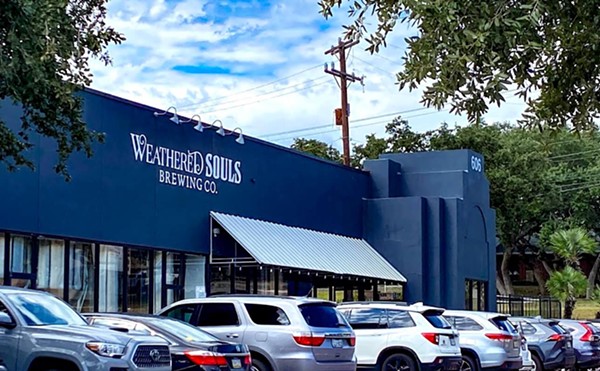|
Meatless in steer city Contrary to popular belief, brewers yeast and nutritional yeast are not the same thing. True, both are inactive - meaning you can't use them to leaven bread or ferment beer - and both are an excellent source of protein, folic acid, and vitamin B. In fact, two tablespoons of either will give you the same amount of protein as a standard single-serving yogurt. But there the comparison ends because, while they have similar uses, they do not taste the same. Found in the supplement or vitamin section of the grocery store, brewers yeast is a by-product of the beer making process, which gives it a bitter hoppy flavor. Of course, you can get "debittered" brewers yeast, but it still tastes a little like Guinness and not in a favorable way. The only tasty brewers yeast I've found is Lewis Labs: A finely ground, light brown flake with a mild roasty-nutty flavor, it's palatable in juice, cereal, yogurt, soup, and anywhere else you might like to benefit from it's nutritional value - the list of vitamins, minerals, and amino acids is too long to publish - but not necessarily taste it. Naturally, it costs more; a 1-pound tub will run you $16, as opposed to the $6 you might spend on other brands or on nutritional yeast. Nutritional yeast purveyors like to boast that it is a primary food crop, no by-products here, cultivated specifically for its nutritional value. One serving contains 133% of your daily allowance of vitamin B12, which is attractive to vegetarians who may have trouble getting it elsewhere. And, because it is grown on beet and cane molasses, it isn't bitter - but it isn't sweet, either. A yellow flake of varying coarseness, nutritional yeast has a delicious, slightly nutty, cheese flavor. That cheesiness makes it less tasty in most drinks, but it's pretty good in tomato juice. Vegans frequently use it as a parmesan substitute on pasta and pizza - mac and yeast anyone? At our house, we like to keep it in a shaker, so we can sprinkle it on toast, popcorn, salad, rice, and dog food. Say what? That's right, nutritional yeast is known to help keep fleas off the coats of dogs and cats, and they love it. Nutritional yeast is usually found in the bulk section of the grocery store, near the flour. Word to the wise: Do not eat live yeast. It may continue to grow in your stomach and will actually absorb important vitamins and minerals. • By Susan Pagani
| ||
Versatile friend of the vegetarians, nutritional yeasts can be a silent partner or a tasty condiment
By Susan Pagani on Thu, Oct 21, 2004 at 12:00 am
Tags:

KEEP SA CURRENT!
Since 1986, the SA Current has served as the free, independent voice of San Antonio, and we want to keep it that way.
Becoming an SA Current Supporter for as little as $5 a month allows us to continue offering readers access to our coverage of local news, food, nightlife, events, and culture with no paywalls.
Scroll to read more Flavor articles
Newsletters
Join SA Current Newsletters
Subscribe now to get the latest news delivered right to your inbox.

















